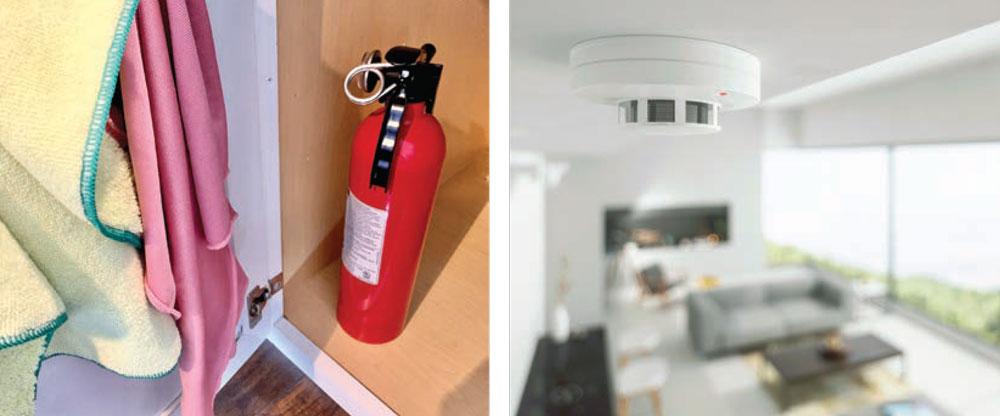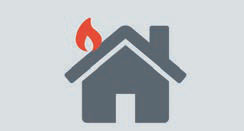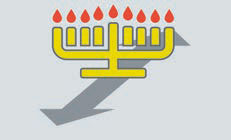FIRST THINGS FIRST
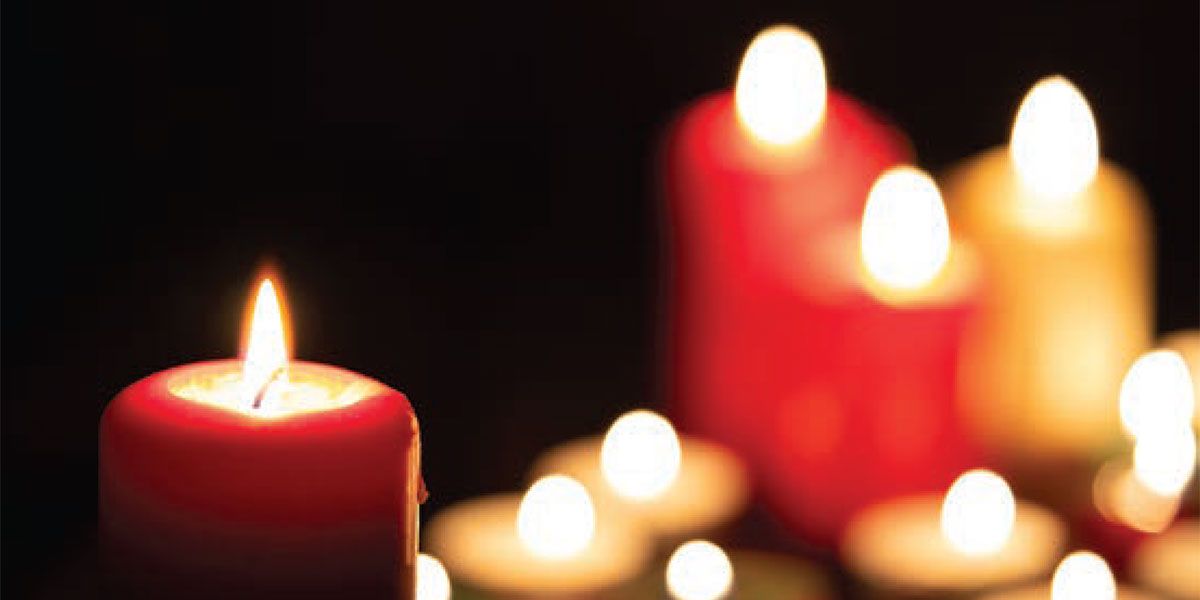
Keep Fire Safety a Top Priority this Season
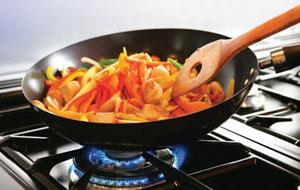 The winter months are the peak time for house fires with heating systems called into action. Add in the risks from candles, holiday cooking, lights and live greenery, and there’s even more reason to be vigilant this season.
The winter months are the peak time for house fires with heating systems called into action. Add in the risks from candles, holiday cooking, lights and live greenery, and there’s even more reason to be vigilant this season.
With the help of your local fire authority, HOME shares some tips for protecting your house and your loved ones from fire dangers.
Keep it clear
According to the National Fire Protection Association (NFPA), half of all home heating fires occur in December, January and February. The other nine months of the year, it’s easy for us to grow careless and allow household items to pile up next to our heating units — a major contributor to house fires, says Becky Smith, Battalion Chief Fire Marshal with Roanoke Fire-EMS. Smith is in her third year as Fire Marshal, after more than 21 years in the department.
She advocates for the 3-foot rule around any type of heat source — including heat registers, vents and even hot water heaters.
“You have to think about the older houses with radiator-style heat and baseboard heat or kerosene heaters. Keep clothing and all items away.”
She also proposes an annual service checkup before turning on your heating unit and calling a chimney sweep before using your fireplace.
“We can all get the creosote cleaning logs, but I think it’s always good to have a professional company come clean it first.”
Keep it handy
Every house should be equipped with fire safety products. Starting with fire extinguishers, Smith says everyone should have one in their kitchen (she stores hers under the sink). She also keeps one on hand in her basement near her furnace and in her garage, where she stores her mower and gas.
In addition to the traditional fire extinguisher, fire suppressant now comes in simple-to-use aerosol cans (brands like Fire Gone, StaySafe, First Alert, or Kidde Flame Out). They use a water-based agent that is safe around food, kids and pets, and cleanup is easy.
Also on the market are rangehood fire suppressors, taking the same concept from those required in commercial kitchens to battle grease fires on your home stove. Brands like StoveTop FireStop and Auto-Out are small canisters attached by magnet to the area under your rangehood (one can per two burners). When flames get to a certain height, the suppressors are automatically activated. “They work really well, and some elderly communities and apartments will install them, even though they’re not technically required because it’s not commercial cooking,” Smith says.
According to the National Safety Council, cooking remains the leading cause of U.S. home fires, and of those, most are started by oil and grease overheating. Smith says people tend to panic and make the mistake of putting water on the flames, which only makes them spread more. “Put the lid on the pan. It will suffocate the fire. If you take its oxygen away, it will die out,” Smith says. (The same goes for an oven fire; keeping the door closed is your best defense.)
Element makes a compact fire extinguisher in tube form (about the size of a road flare) that’s easy to use and doesn’t leave a messy residue. There are also emergency fire blankets that work by smothering the flames.
Smith says these newer products are meant as a first defense on small fires but shouldn’t replace a standard fire extinguisher, which you should always have nearby.
Working smoke detectors are a must. Today, they come in basic styles to smart detectors connected through an app that will send notifications to your phone. Smith says smoke detectors should be installed in each bedroom, in the hallways upstairs and downstairs, but not right outside a bathroom because steam can often set them off.
As extra protection for your fireplace, Smith says use metal or glass screens. You can also use a fire-resistant mat, or hearth rug to help catch stray embers or ashes.
If you’re using an electric, portable heater, Smith recommends the kind that will automatically turn off if it gets knocked over.
For multi-story homes or apartments, you may want to invest in an escape ladder, available at hardware stores or online. They come in different lengths, and it is recommended to buy the reusable kind (although more expensive, it is helpful because your family can practice setting it up and walking safely down it).
 Photo: U.S. Fire Administration
Photo: U.S. Fire Administration
Keep it smart
Here are some more tips to exercise fire safety in your home:
- Don’t burn paper in a fireplace; it can float up the chimney, igniting the creosote deposits in the flue.
- Don’t burn green wood, only seasoned wood. Due to its high-water content, green wood can cause large amounts of creosote to rapidly build up in your chimney. Creosote buildup is the leading cause of chimney fires.
- Put ashes in a metal container with a lid and take it outside, 10 feet away from your house, on a hard surface (not grass), then douse it with water.
- Candles can make a room feel cozy, but people often leave them unattended. Get in the habit of doing a room search every night to check for burning candles and blow them out.
- Create and practice escape plans. Get the children involved by asking them to draw a map for each room. (The American Red Cross suggests two escape routes from every room.)
- Use appropriate cords for exterior holiday lighting (not the white, green, or brown strands with no surge protection). Smith says it’s important to read manufacturer’s recommendations when you buy a surge protector, and check the cord for damage before you use it. Don’t run extension cords under carpets or anywhere near water.
- Close all bedroom doors at night.
- Don’t go back in. Smith says they often see people re-enter their house after escaping a fire. Her advice: close the door, and don’t go back for a phone or other items.
- Plug only one heat-producing appliance (like a space heater) into an outlet at a time.
Although data from the U.S. Fire Administration shows residential house fires are decreasing (by 4 percent from 2013-2022), remain vigilant. As you fire up your furnace, fireplace or electric heaters, it’s the perfect time to talk fire safety with your family. ✦
BE FIRE SMART
Almost half of home decoration fires in December are started by candles.
Keep candles at least 12 inches away from anything that burns. Consider using battery-operated candles.
Make sure your tree is at least 3 feet away from heat sources like fireplaces, radiators, space heaters, candles or heat vents.
A dry tree can burn very hot and very fast. Get rid of your tree when it is dry.
Read manufacturer’s instructions for the number of light strands to connect.
Half of all home heating fires occur in December, January and February.
Plug only one heat-producing appliance (like a space heater) into an electrical outlet at a time.
Source: NFPA
candles, carbon monoxide detector, Decorative Candles, fire extinguishers, fireplaces, heaters, holiday cooking, house fires, lights, live greenery, smoke detectors

